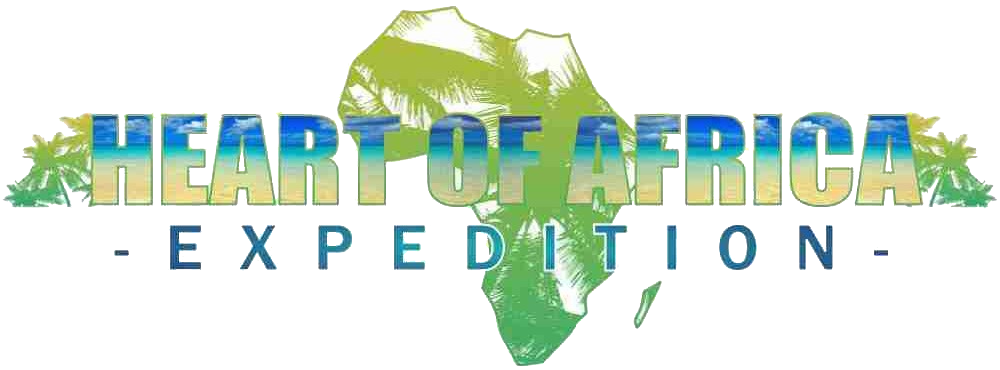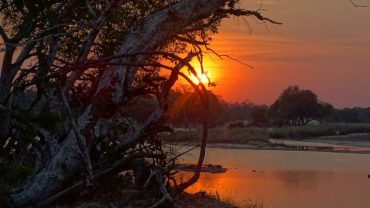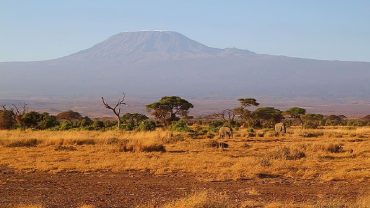The name of this Namibian National Park Etosha, means the ”great white area” and refers to the huge salt pan. This is an impressive sight because it’s certainly the biggest salt pan in Africa.
Etosha National Park is unique in Africa. The park’s main characteristic is a salt pan so large it can be seen from space. Yet there is abundant wildlife that congregates around the waterholes, giving you almost guaranteed game sightings. At the same time Etosha National Park is one of the most accessible game reserves in Namibia and Southern Africa.
You can see the white salt etched against the desert backdrop on this Etosha Nationalpark satellite map. Because of the salt, animals can get a lot of nutrients from the earth here.
Also, the wildlife is quite easily spotted because the plant life is so sparse.
To sum up, Etosha is a unique landscape and travelers will tell you it’s an unforgettable experience.
The salt pan is the most important geological feature in the Etosha national park. The depression covers an area of about 5,000 square kilometres, 130 km long and wide 50 km. The hypersaline conditions limit the species that can permanently inhabit the pan itself. The salt pan is usually dry, but fills with water briefly in the summer, when it attracts pelicans and flamingos in particular. In the dry season, winds blowing across the salt pan pick up saline dust and carry it across the country and out over the southern Atlantic. This salt enrichment provides minerals to the soil downwind of the pan on which some wildlife depends.

What makes this park unique is the floodlit waterholes at all the main camps. Some of the camps even have photography hides near the waterholes. Of course, Etosha National Park is any photographer or nature lover’s dream.
The park is malaria free, accessible in a regular sedan car and the rest camps provide a range of accommodation as well as restaurants, viewing decks, shops and petrol stations. Luxurious camps in Etosha’s remote areas have now added top end accommodation to the park’s offerings.
When to visit
During winter the Etosha Pan is bone dry. This endless white expanse is an unlikely venue for a wildlife sanctuary. The park is a wasteland of white dust which comes from the clay in the pan. Bushes along the road turn white as vehicles throw up dust and visitors who leave the park usually have a dusty aura around them! This is also the time when most of the visitors come to the park as the climate is mild and the wildlife concentrates itself at the waterholes. Yet the surrounding areas overflow with springbok and zebra.
The summer in the park is vastly different with heavy rains turning a dry dusty Etosha National Park into a lush green oasis. This time of year means life in the park for new born animals as well as birdlife. Many European migratory birds come south to enjoy the new life that has been washed into the vegetation. Driving during the rainy season can get a lot trickier as roads can be flooded and having an equipped vehicle will make the journey a lot more enjoyable. It is also advised to do a lot more driving to view the wildlife as animals tend to keep clear of the once active waterholes that posed such dangers during the dry season.




For more Information and Reservations:
Tel: +264 81 180 0016
Email: info@etoshanationalpark.co.za
Website: https://www.etoshanationalpark.org/
Hours: Monday – Friday 8 am – 5 pm
Source:
https://www.etoshanationalpark.org/
https://en.wikipedia.org/wiki/Etosha_National_Park
ARE YOU NOW CURIOUS ABOUT THIS COUNTRY?
CHECK NOW YOUR VISA AVAILABILITY AND BEGIN YOUR JOURNEY!






Comment (0)